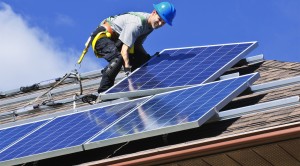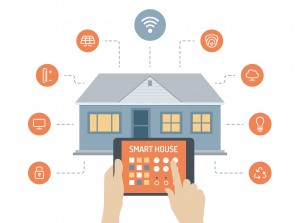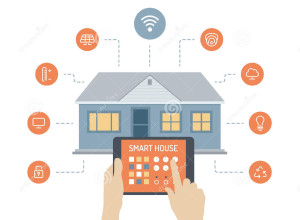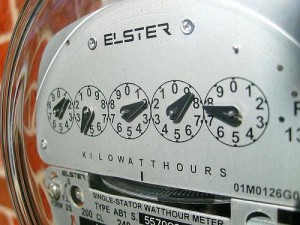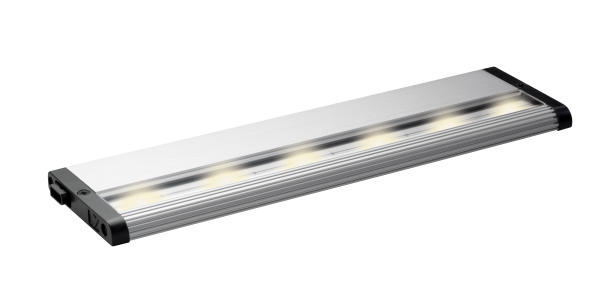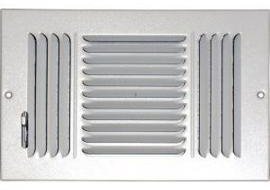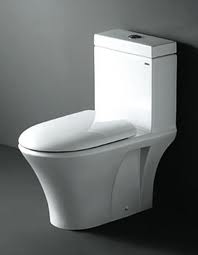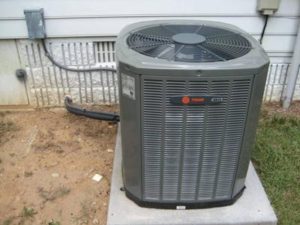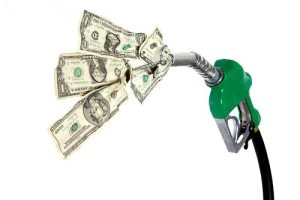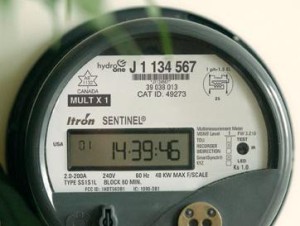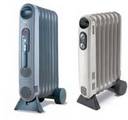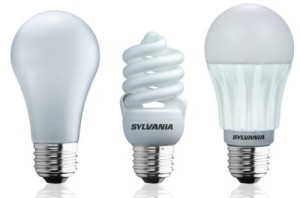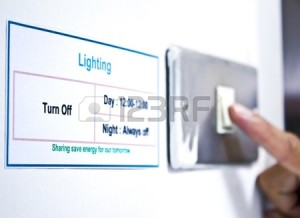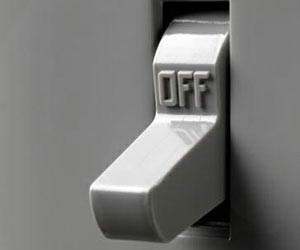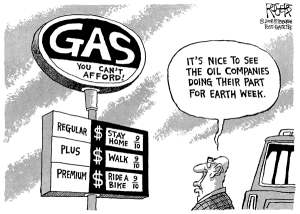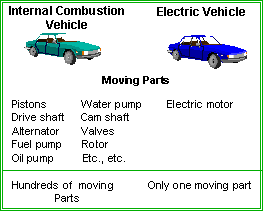 A lot of people can see that electric cars are much more inexpensive to operate. Due to the lower cost of electricity as compared to the cost of gasoline on a per mile basis. However everyone is still scared off by the inconvenience of finding a place to recharge your vehicle. Or worse completely draining your batteries and being stranded somewhere on the side of the road. Still, the advantages of electric cars includes that it makes sense for government and industry to find a solution to make this work, because we are polluting the earth and we are over heating the planet.
A lot of people can see that electric cars are much more inexpensive to operate. Due to the lower cost of electricity as compared to the cost of gasoline on a per mile basis. However everyone is still scared off by the inconvenience of finding a place to recharge your vehicle. Or worse completely draining your batteries and being stranded somewhere on the side of the road. Still, the advantages of electric cars includes that it makes sense for government and industry to find a solution to make this work, because we are polluting the earth and we are over heating the planet.
What are the advantages and disadvantages of electric vehicles? What are the solutions that need to be focused on in order to remove or reduce some of the deterrents to the consumer accepting the electric vehicle as a solution.
First the Advantages of Electric Cars
The obvious one is that the electric vehicle is more efficient than gasoline powered cars even when you take into account that most of the electricity is generated from coal or oil fired plants. On a per mile cost to the consumer the electric vehicles are winning hands down at the present time. As power consumption increases with more electric vehicles on the road, the costs may increase, but then so will the costs of gasoline so there will still be a differential in favor of the electric car.
Cars with backup gasoline-powered engines such as the Chevy Volt and the Toyota Prius are ideal for electric vehicles. The gasoline engines and the brakes recharge the car’s batteries and if they run too low, then the gasoline engine takes over. The Prius works a bit differently in that in heavy demand and at higher speeds the electric motor and the gasoline engine works in tandem to power the car.
Environmentally at least locally you are not spewing pollution from a tail pipe into the air and hybrids are spewing less pollution than traditional gasoline powered cars. With the electric cars being more efficient overall, there is less pollution as well when you consider the pollution generated at the electrical coal fired plants.
Noise is much less with an electric car as well. Whether sitting at a stoplight or accelerating there is virtually no noise generation at all.
In many cities across North America, hybrid and electric vehicles are allowed to drive in HOV lanes as an incentive to move to the more efficient hybrid or electric vehicles.
Next the Disadvantages
Some people are concerned that today’s electric grid cannot handle the increased use of electricity. And yes, today’s grid probably cannot. However if the demand increases in a gradual way since the penetration of electrical vehicles will be gradual as well, then the grid has time to respond with more plants and distribution networks.
There are just not enough plug-in spots available to plug in your car and recharge it. Some parking lots are even afraid they will need to rewire their parking garages. Some consumers feel they are getting ripped off if a visitor plugs in their car. What will it cost if they recharge their batteries while visiting.
What about Range?
Range of the current vehicles is still an issue for pure electric cars. The hybrids have their gasoline engines to fall back on. Basically you will need to charge your batteries every day. You must also plan your trips around recharge points for the all electric vehicle. Charge time is another issue to consider. If you are charging overnight there is no problem. If you have to wait an hour to recharge this can be a big chunk out of your day.
Fast charge stations cost a lot to install in your home. And 120V charging systems will take all night to recharge the batteries.
Electric vehicles are still more expensive to purchase than their gasoline powered counter parts. However as they become more popular, prices will decline through assembly line production.
Everyone is very concerned about how long the batteries will last. Usually the car will last much longer than the battery. Consumers must buy a new battery at considerable expense. A gasoline engine, if looked after will last the life of the car quite easily.
Also, with cars are charging at night when usage is traditionally lower, then the grid will not be impacted as much. Time of day rates will push more and more people to charge their cars at night as well.
The Future of Electric Vehicles is on the Horizon
At least now we know what the problems and issues are. Electric vehicles will become more popular. Gradually over time, the Advantages of Electric Cars will help them become the mainstay of our transport solution.
Save
 Adjusting your thermostat while on vacation is one way to reduce your energy use when you are not at home. But how much should you adjust it? Should you turn the furnace off completely? How long will you be gone? What does your insurance company require? These and many more questions are areas that consumers should consider when they go away on vacation during winter months. We will try to answer these questions by providing some general guidelines related to heating your home in the wintertime.
Adjusting your thermostat while on vacation is one way to reduce your energy use when you are not at home. But how much should you adjust it? Should you turn the furnace off completely? How long will you be gone? What does your insurance company require? These and many more questions are areas that consumers should consider when they go away on vacation during winter months. We will try to answer these questions by providing some general guidelines related to heating your home in the wintertime.